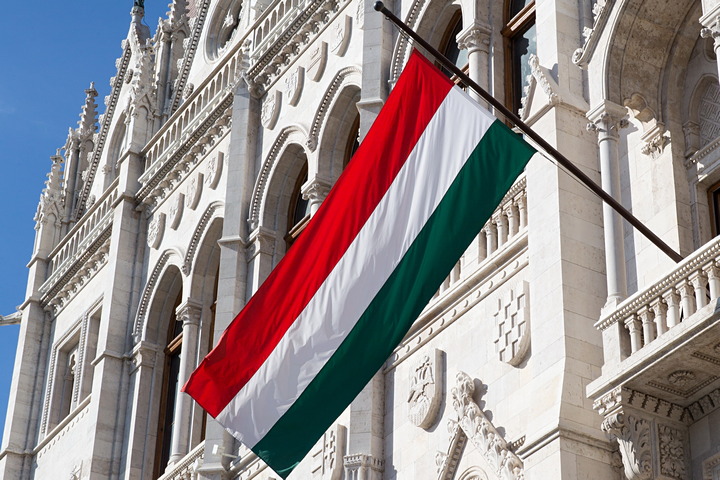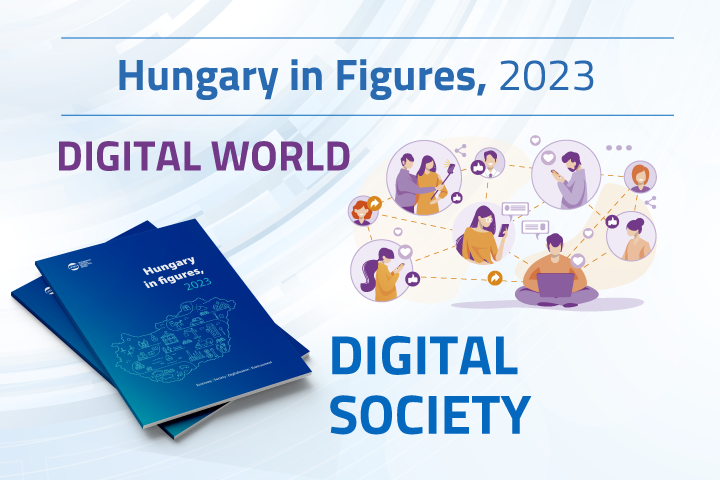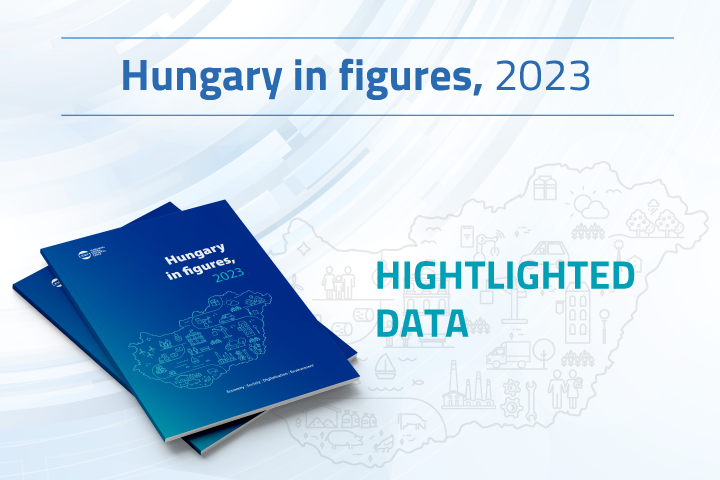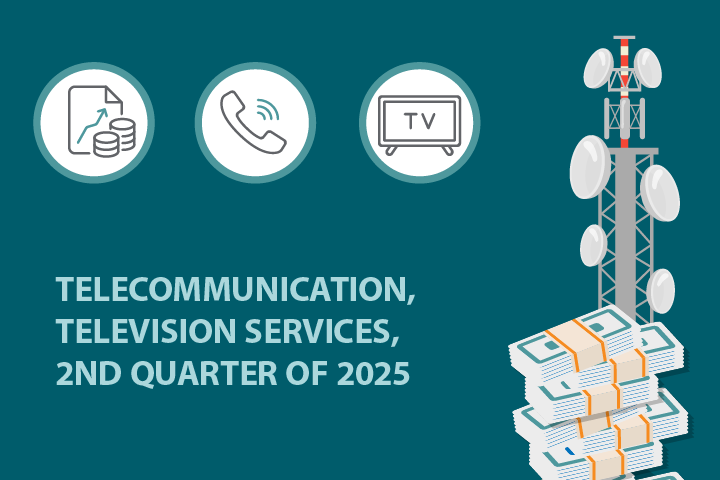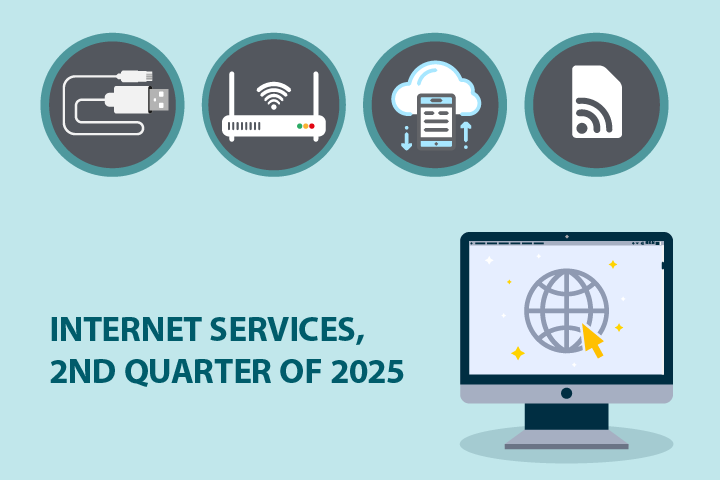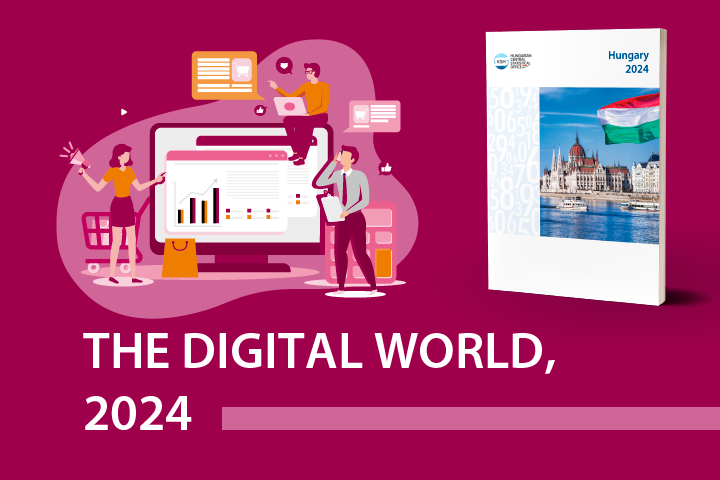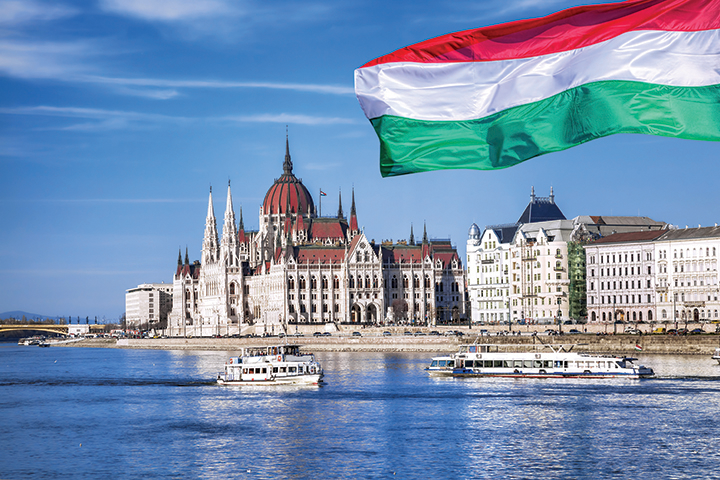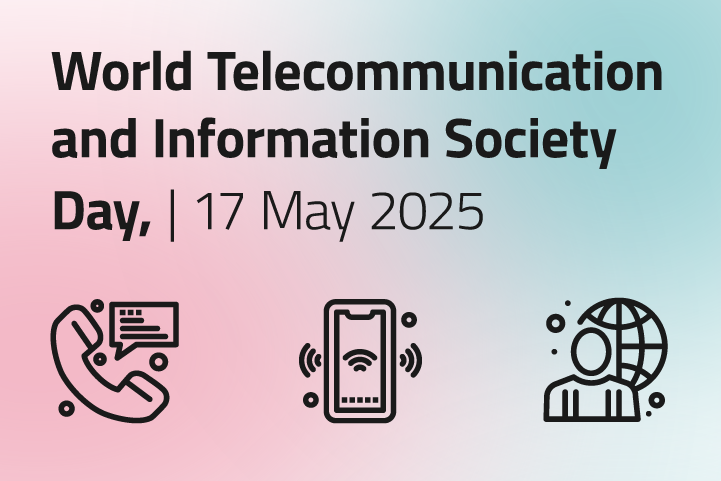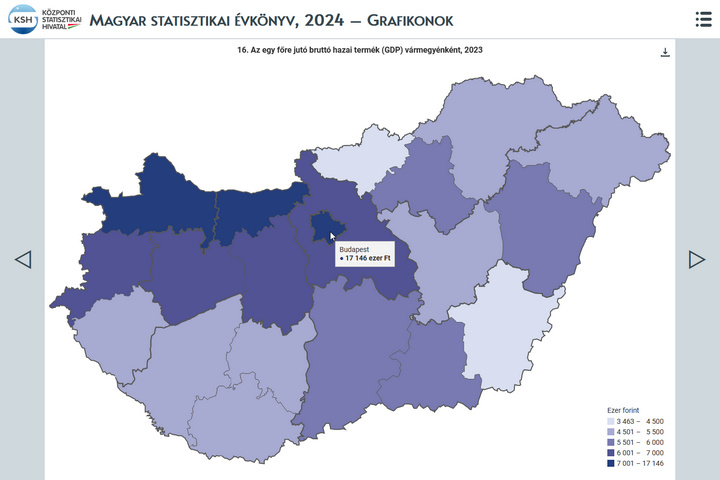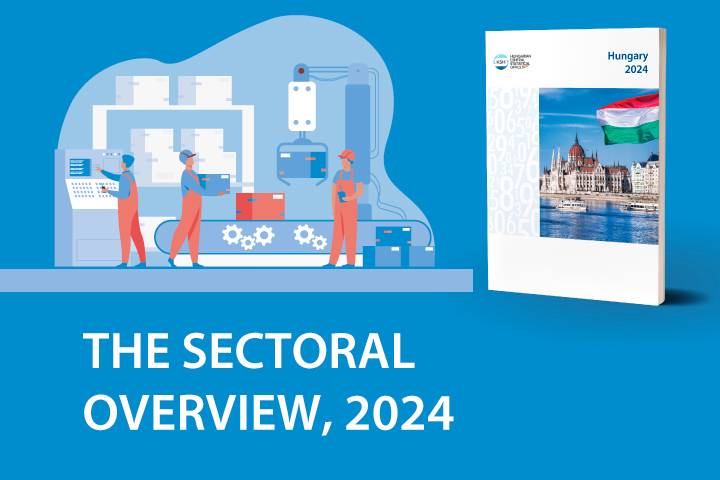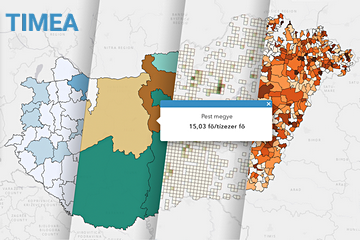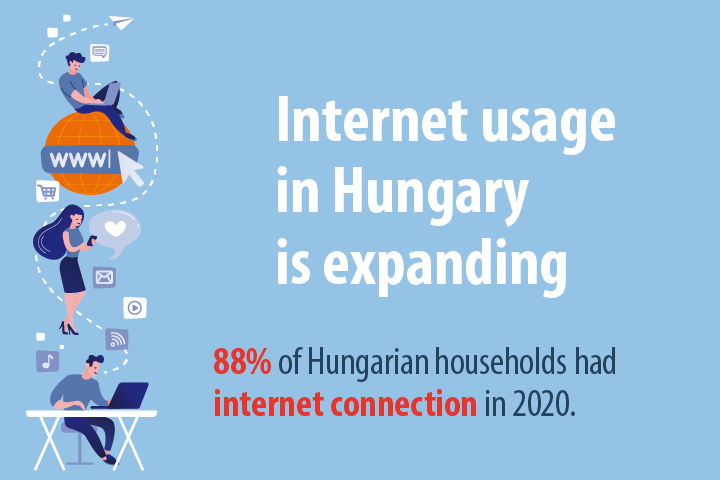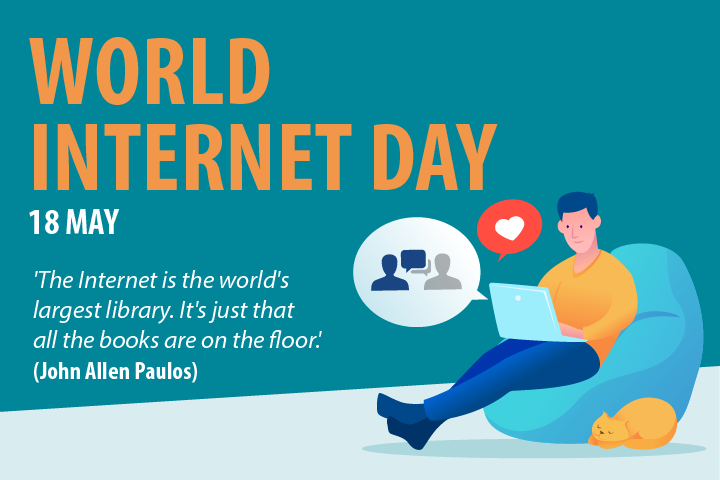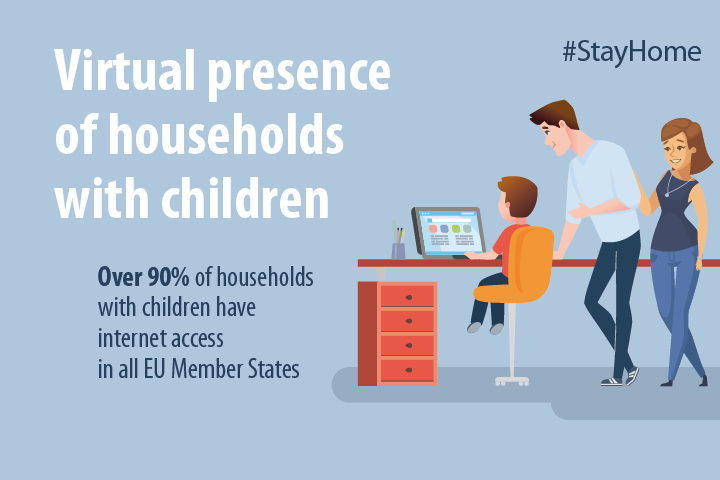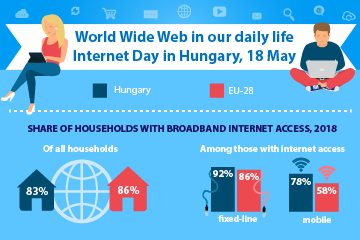Information, communication
Info-communications statistics covers the field of usage of information and communication technologies, their impact on the society. Its three main areas are data on households, enterprises and the public sector. For instance, data regarding access and use of ICT equipment, ICT infrastructure, telecommunication networks, electronic communication, e-administration, e-commerce, broadband-spreading belong to this topics of this subject matter.
Key figures
Share of information, communication in gross value added
Indicator description
Share of the information, communication section in the gross value added of the national economy, calculated at current base price.
Source of data:
Summary Tables (STADAT)
Last data for period: 2024
Number of mobile phone subscriptions per 100 inhabitants
Indicator description
Number of active, callable SIM cards on the last day of the given period per 100 inhabitants.
Source of data:
Summary Tables (STADAT)
Last data for period: Q2 2025
Number of fixed broadband internet subscriptions per 1000 inhabitants
Indicator description
Number of fixed broadband internet subscriptions at the end of the given period per 1000 inhabitants.
Source of data:
Summary Tables (STADAT)
Last data for period: 2024
Proportion of people using public administration portals for e-contact
Indicator description
Proportion of enterprises employing ICT specialists in enterprises using computers.
Source of data:
Summary Tables (STADAT)
Last data for period: 2024
Featured
Hungary 1st semester of 2025 – Diverging economic impacts
The performance of Hungary’s economy was identical with the one of the same period of the previous year. The increasing performance of the services sector and consumption growth had a positive impact on GDP. These impacts however have been eliminated by the setback of the industry and agriculture, the continuously subdued investment activity and the deterioration in the balance of the external trade in goods. Retail trade volume continued to rise, tourism nights spent at accommodation establishments also increased in number.
Hungary in figures, 2023 – Digital world
The Digital world chapter of the Hungary in figures, 2023 publication offers data on widespread information and communication technologies. Internet access was available in 96% of enterprises (employing at least 10 people) in 2023, and already 45% of these was using cloud-based apps. Households’ internet degree of supply rose to the EU average: 93%. Four out of five Hungarians browsed news sites, communicated on social media, furthermore two out of three people made use of online banking services and searched for health-illness related information.
Hungary in figures, 2023 – Highlighted data
At the aid of our infographic made using the main data in our publication titled Hungary in figures, 2023, we give a comprehensive picture of the socio-economic state of Hungary. There were 1,073 females per thousand males in Hungary at the beginning of 2024. Life expectancy at birth rose to the highest level yet in 2023 (to 73.4 years for males and 79.6 years for females). Over a quarter of manufacturing output was made up by the manufacture of transport equipment.
Telecommunication, television services, 2nd quarter of 2025
In regard to telecommunication services close to HUF 339 billion revenue has been realised at service providers in the 2nd quarter of 2025, 59% of this coming from mobile voice and mobile internet services. The average time for fixed line calls (nearly 6 minutes) and mobile calls (nearly 3.5 minutes) both increased by 2.5% compared to the same year.
Internet services, 2nd quarter of 2025
The number of fixed-line internet services subscriptions surpassed by 2.9% the one year earlier data in the 2nd quarter of 2025, due to the 9.8% increase of the optical segment. Packages offering at least 500 Mbit/s nominal download speed reached 61% of all subscriptions. Fixed-line internet download traffic was 21%, mobile data traffic 19% higher than in the same period of 2024.
Statistical Yearbook of Hungary, 2024
The yearbook provides an overview of Hungary's demographic, social and economic trends, environmental characteristics and their changes over time, with the help of tens of thousands of data in some 500 tables, charts and maps. In the chapter devoted to earnings and incomes, it is a novelty compared to previous years that net earnings in which allowances and types of exemptions are accounted for, too, came into focus from 2019. In the number of employees, people working in working time shorter than 60 working hours per month are also taken into account. In addition, the theme of environment is completed with areas declared world heritage sites by UNESCO.
Yearbooks, pocketbooks, data repositories
A new sub-page has been added to the HCSO website, more than 400 yearbooks, pocketbooks and data collections, a total of a hundred thousand pdf format pages close to 150 thousand excel tables and several thousand static and interactive graphs and maps are available for download. The sub-page offers the possibility of filtering these yearbooks, pocketbooks and data collections by reference year, serial name, format (PDF, XLS) and supplements (graphs, maps). Users may compile their own list of publications based on the year- and pocketbooks, data collections, adequate to their interests.
Snapshots, 2024 - Digital economy
The number of fixed internet subscriptions in 2024 surpassed 3.6 million in Hungary, being 2.0% more year-on-year. The growth of the optical group determined this increase. The number of mobile phone and/or mobile internet services offering SIM cards continued to grow, being above 14.7 million by the end of 2024. Internet connection was available at 96% of domestic enterprises, two-thirds of these had its own website. The 3.5 million TV subscriptions lagged behind the previous year’s level by 1.2%.
Snapshots, 2024 - Digital society
The use of infocommunication devices by households and individuals, in regard to the majority of main indices grew in Hungary during 2024, year-on-year. Broadband internet was available in 95% of households, 90% of the population aged 16-74 used the internet on a daily basis, 62% of them purchased online within 3 months.
Hungary 2024 – The Digital Wordl
Our series of infographics, based on the most important data from the Hungarian-language publication Hungary, 2024 provides a comprehensive picture of the social and economic state of our country and the main characteristics of our environment. The next infographic in the series presents the main data of the digital world. The English extract from the publication is available here: Hungary, 2024, and the full Hungarian-language version here: Magyarország, 2024.
Hungary, 2024
Hungary’s GDP increased by 0.5% amid global challenges in 2024. The performance of goods-producing industries lessened, while that of service-providing ones rose, which shows the duality of economic trends. Household consumption picked up, which was considerably encouraged by the purchasing power of earnings growing again with the inflationary wave calming down. Besides, the data series reveal that the level of employment reached another peak.
17 May World Telecommunication and Information Society Day
The celebration of the World Telecommunication Day has been decreed in 1968. The signing of the International Telecommunication Union’s deed of foundation on 17 May 1865 in Paris was the event leading up to this celebration. The International Telecommunication Union (ITU) is a specialised agency of the UN, Hungary is among its close to two hundred member states, too. ITU decided on its 2005 conference to celebrate on 17 May not only telecommunication, but the information society as well.
Related themes
Methodological information
Release and revision calendarPublication repertory
